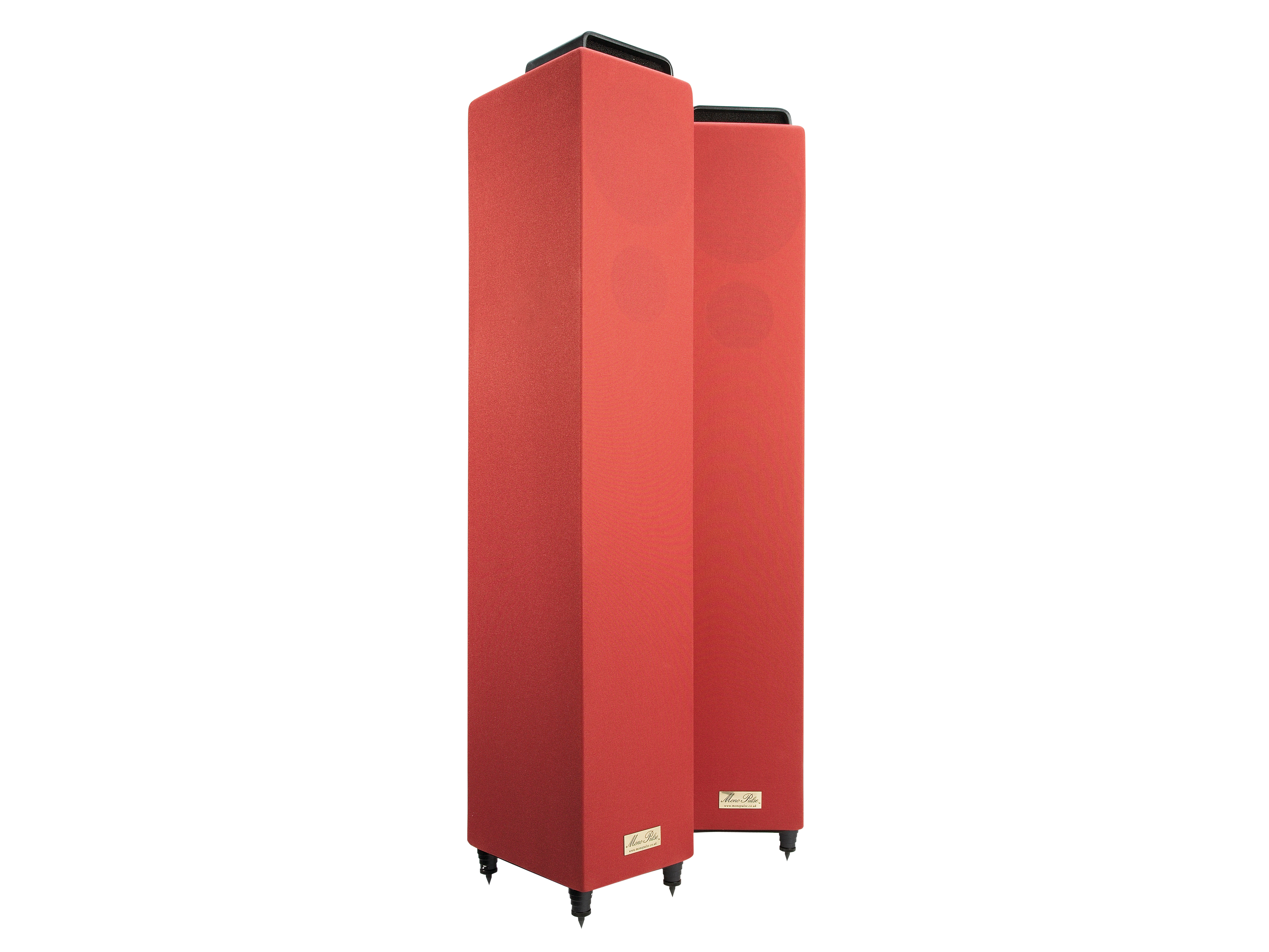TechRadar Verdict
Unusual floorstander with splendid upfront voice coherence, but lacks warmth, body and richness lower down
Pros
- +
Great coherence in the presence band
Cons
- -
Sound lacks overall balance
Why you can trust TechRadar
Relatively young as hi-fi companies go, MonoPulse was founded by one Allan Hendry, who spent much of his life in electronics working on pulsed, phased-array radar systems, and then decided to apply the knowledge he'd gained to his lifelong passion for hi-fi and loudspeakers.
The relevance of radar to loudspeaker design might not be immediately apparent, but Allan is particularly conscious of the need to maintain the correct phase relationships between bass/mid driver and tweeter through the crossover region, in order to reproduce the leading edge of an impulse accurately, and that's reflected in both the crossover network design and in the unusual way the drivers are positioned and spaced.
The MonoPulse stereo models come in 'S' and 'A' types. All eschew the usual real or imitation wood finish: the S models are clad all over in cloth, with ten different colour options available, from the sober to the mildly outrageous, while the A versions combine cloth with a substantial contrasting steel hoop. Our S type came in Cranberry - a sort of pastel magenta - which is certainly unusual, but rather attractive.
Curiously, this £895-per-pair 32S seems to have little in common with the original 32 (now 32A). The different styling was to be expected, of course, but the 32S has a 130mm (rather than 165mm) frame, aerogel-cone main driver, and is also equipped with a top-mounted, time-aligned piezoelectric super-tweeter. The main tweeter is a 31mm soft dome device, mounted quite low down, below the bass/mid driver.
A reflex port is fitted into the base of this enclosure, firing downwards and held an appropriate distance off the floor by little feet with spikes. The small main driver enables the enclosure to be very slim, but this raises questions over its physical stability, which is frankly rather inadequate and needs some attention. Connection is made via twin terminal pairs, set rather high off the ground.
MonoPulse places its main emphasis on maintaining integrity and phase coherence through the crossover region, and it's true that the 32S is largely successful in this respect. Voices - both speech and singing - sound impressively vivid, coherent and expressive, highlighting the accents and tonalities of different individuals in a most persuasive way.
However, it's not without an element of coloration, which adds a slightly 'shouty' quality, especially with close-miked voices, with some pinched and nasal effects too.
Sign up for breaking news, reviews, opinion, top tech deals, and more.
The real problem here is that either the upper mid and treble are over-projected, or there's too little contribution through the bass and lower midband. The consequence is a rather cool and clinical overall character, emphasising detail, but very much at the expense of the warmth and 'body' of the instruments, so long-term listening can get a little fatiguing.
There's some bass output, for sure, but this seems mostly due to the port contribution, giving some weight to bass guitars, but leaving their harmonic contribution weak. Cellos and male voices both sound rather weedy, and grand pianos too 'honky-tonk'.
Close-to-wall siting was tried, but didn't really seem to offer any advantage, and a free-space location was preferred. Despite its undoubted strengths in the upper registers, the 32S's overall balance is a significant weakness.
Tech.co.uk was the former name of TechRadar.com. Its staff were at the forefront of the digital publishing revolution, and spearheaded the move to bring consumer technology journalism to its natural home – online. Many of the current TechRadar staff started life a Tech.co.uk staff writer, covering everything from the emerging smartphone market to the evolving market of personal computers. Think of it as the building blocks of the TechRadar you love today.
